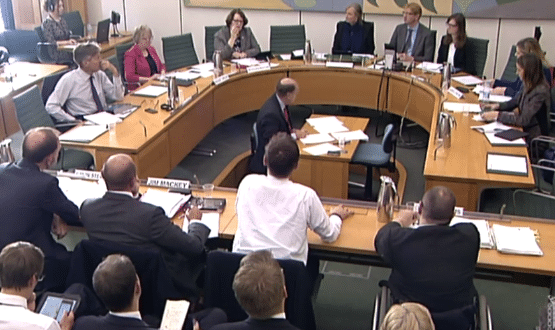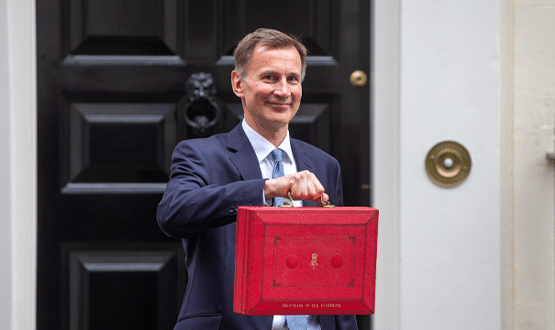Hunt says IT spend protected in financial crisis
- 19 October 2016

Health secretary Jeremy Hunt has given IT as an example of the kind of long-term investment in the health service that he wants to see as the NHS battles with a financial crisis and funding gap.
Hunt appeared at the Commons’ health select committee yesterday, alongside NHS England chief executive Simon Stevens and NHS Improvement chief executive Jim Mackey, as part of its inquiry into Department of Health and NHS finances.
The three were asked about national support for the ‘Five Year Forward View’ to close a £30 billion gap between NHS funding and demand by 2020-21, progress on the 44 sustainability and transformation plans, and what would happen if they failed to deliver.
Last week, Chris Hopson, the chief executive of the NHS Confederation, told the same group of MPs that the NHS was no longer able to balance demand, NHS constitution commitments and the money available, and that STP areas were drawing up plans they knew they could not deliver.
However, yesterday’s three witnesses rejected those claimes, with Hunt arguing that the NHS could produce the required efficiency savings while also improving quality.
He also rejected the idea floated in political circles that the current basis of NHS funding is not sustainable, and delivered a strong defence of the “single payer model”, arguing that it secured better value than the US model of competing insurers.
With a growing and aging population, he said more money would need to go into the system, but “the key is that as more money goes in, it should not be used as a sticking plaster for short term pressures but to deliver long term sustainability.”
Asked for an example by Conservative MP Helen Whately, he said: “One of the things that we have protected is IT, because we had the Wachter Review and it showed that some hospitals – the majority of hospitals – have IT that does not meet international standards.
“That means doctors spend more time on paperwork, or that hospitals have multiple IT systems that do not share information with each other.”
Hunt added that some progress had been made recently, giving the extension of the Summary Care Record to many A&E departments as an example. He said this “has been good for patient safety” and showed how “long term changes that are good for quality and safety” that “we want to prioritise.”
Earlier in the hearing, Hunt and Stevens had been challenged on how much money was going into the NHS over the five years of this Parliament. In last year’s budget, then-Chancellor George Osborne announced that he had found £10 billion for the Forward View, which the government invariably calls “the NHS’ own plan.’
However, the health committee’s MPs and their counterparts on the public accounts committee have established that this included £2 billion that had already been announced for 2015-16, that the money is counted at 2020-21 prices rather than first year prices, and that it will not be phased as Stevens hoped.
While it will not feel like it to many trusts, which will be required to deliver £15 billion of the remaining £22 billion of efficiency savings by 2020-21, this financial year has been a “year of plenty”. The NHS will also get a significant funding increase in 2020-21.
But in between, it will get minimal increases, with funding per head of English population actually falling in 2018-19. Meantime, NHS England and NHS Improvement are spending “the year of plenty” trying to get the acute sector back into balance, after it finished last financial year £2.4 billion adrift.
Action to address this has included cutting the capital budget available to the NHS by a quarter. Scottish National Party MP Dr Philippa Whitford asked if the capital constraints wouldn’t impact on Hunt’s IT plans.
But Hunt said he would be able to “deliver on the ambitious programme” unveiled at the Health and Social Care Expo in September.
The committee did not ask about the local digital roadmaps that were meant to direct spending locally, but did ask about STPs.
Stevens said that some health economies had well developed STPs and were in a position to focus on the contracting round that will be driven by the recent operating planning and contracting guidance for 2017-19.




